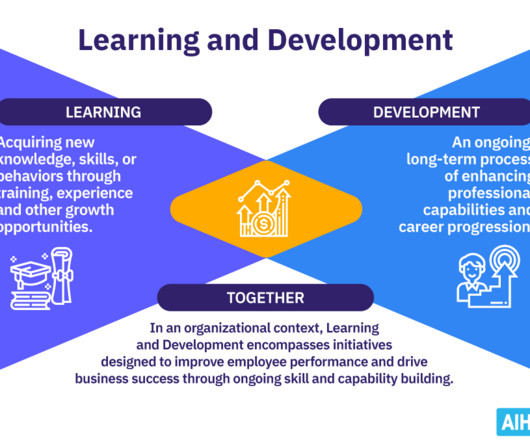Should you include freelancers in your talent development program?
Fast Company The Future of Work
NOVEMBER 8, 2018
The “2018 Future Workforce” report from freelancing website Upwork, released in February, found that 59% of hiring managers are using flexible talent–freelancers, temporary, and agency workers–which is more than double the 2017 percentage (24%). Winning the Freelance Talent Wars.






















Let's personalize your content